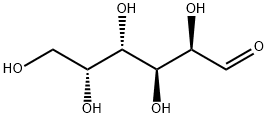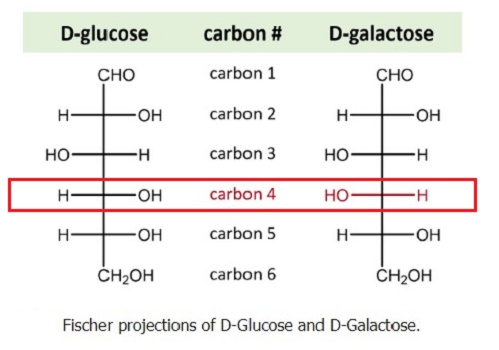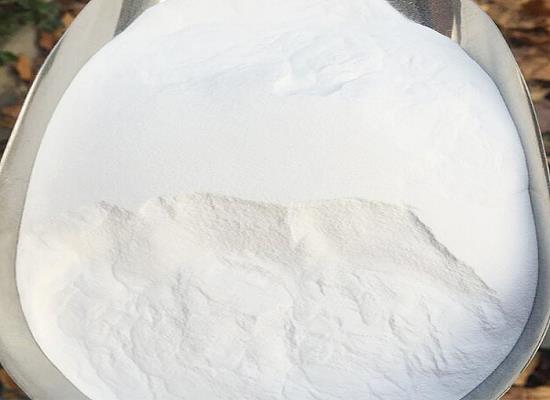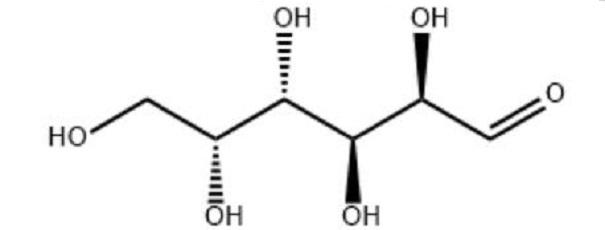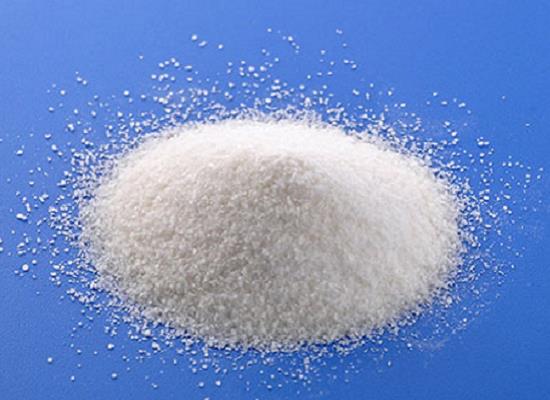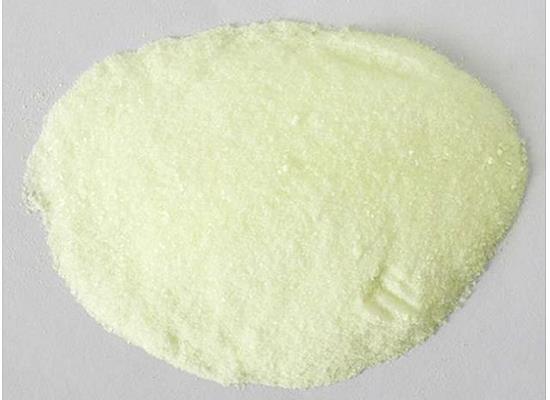D-Galactose: applications in aging model
General Description
D-Galactose is a naturally occurring sugar found in the body and various foods. In high levels, it can lead to the production of reactive oxygen species (ROS), causing oxidative stress and cellular damage. This can contribute to inflammation, mitochondrial dysfunction, and programmed cell death. D-galactose-induced aging models have been utilized to study its effects on cells, showing increased senescence markers, oxidative stress, and inflammation. Animal studies have demonstrated cognitive deficits, mitochondrial dysfunction, neuronal degeneration, increased oxidative stress, and decreased ATP production similar to human brain aging. D-galactose also induces brain inflammation and cognitive impairment, activates apoptotic pathways, and leads to behavioral changes. These findings provide insights into aging processes and potential interventions for age-related diseases.
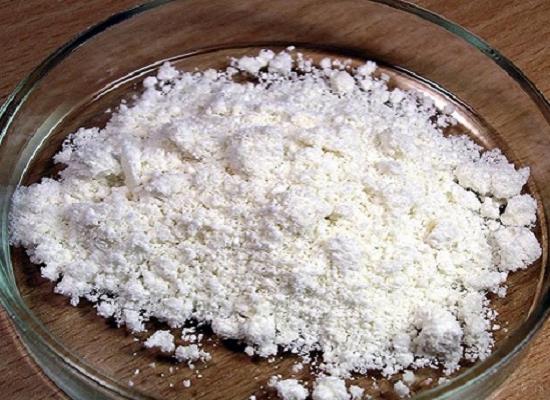
Figure 1. D-Galactose
Physiological effects
D-galactose is an aldohexose that is naturally present in the body and various foods such as milk, butter, cheese, yogurt, honey, beets, plums, cherries, figs, and celery. It is a reducing sugar with several physiological roles. In a healthy adult, the recommended daily dose of galactose should not exceed 50 g. D-galactose can be metabolized and excreted from the body within approximately 8 hours after ingestion. However, at high levels, it can undergo conversion into aldose and hydroperoxide due to the catalytic action of galactose oxidase. This process leads to the production of reactive oxygen species (ROS), which are highly reactive molecules. When ROS levels increase significantly, they can cause oxidative stress, triggering a chain reaction of cellular damage. This oxidative stress can lead to inflammation, mitochondrial dysfunction, and apoptosis (programmed cell death). These effects are believed to contribute to the development or progression of various diseases. 1
Applications in aging model
In vitro study
Several studies described above utilized the D-galactose-induced accelerated aging model to investigate the effects of D-galactose on various cell types. The results consistently showed that D-galactose-treated cells exhibited aging characteristics, including increased senescence markers, elevated levels of oxidative stress, and up-regulation of inflammatory cytokines. The expression of genes associated with cellular senescence, such as P16, P53, and P21, was also increased in D-galactose-treated cells, while the expression of antioxidant and anti-aging proteins, such as NRF2 and HO-1, was decreased. Furthermore, differences were observed between naturally occurring senescent cells and D-galactose-induced senescent cells, indicating that the D-galactose model may not fully replicate natural aging processes. However, despite these differences, the D-galactose-induced aging model can still serve as a valuable tool for studying aging in vitro. Overall, D-galactose induces aging in various cell types through multiple mechanisms and pathways, including inflammation, cellular senescence, and disruption of antioxidant defense systems. These findings contribute to our understanding of cellular aging and provide insights into potential interventions for age-related diseases. 2
In vivo study
D-galactose is a synthetic galactose sugar that has been widely used in animal models to induce brain aging and study its effects. It has been shown to cause cognitive deficits, mitochondrial dysfunction, neuronal degeneration, increased oxidative stress, and decreased ATP production, which are similar to the changes observed during human brain aging. The administration of D-galactose into animals also induces neuronal apoptosis, neuro-inflammation, and neurodegeneration in various brain regions. It activates apoptotic pathways and triggers the release of cytochrome c from mitochondria, leading to the activation of caspase-3, caspase-9, and cleaved poly ADP ribose polymerase 1 (PARP-1). D-galactose also induces brain inflammation by increasing inflammatory markers, such as cyclooxygenase 2 (COX-2), inducible nitric oxide synthase (iNOS), nitric oxide synthase 2 (NOS-2), interleukin-1β (IL-1β), IL-6, tumor necrosis factor-alpha (TNF-α), nuclear factor kappa B (NF-κB), p-NF-κBp65, p-IκBα, p-IκKα, p-IκKβ, and thioredoxin-interacting protein (Txnip). These inflammatory responses contribute to cognitive impairment observed in D-galactose-treated animals. Long-term administration of D-galactose leads to cognitive impairment and behavioral changes, such as depressogenic and anxiogenic behaviors. Brain-derived neurotrophic factor (BDNF), an essential factor for cognitive function, neuronal growth, and survival, is also reduced in D-galactose-treated animals. Microglial cells and astrocytes, which play roles in neurodegenerative disorders, are activated in different brain regions, including hippocampus, prefrontal cortex, and whole brain. D-galactose also results in hippocampal autophagic dysfunction by down-regulating Rheb and up-regulating mammalian target of rapamycin (mTOR), leading to increased oxidative stress, apoptosis, and neurodegenerative changes. 3
Reference
1. Azman KF, Zakaria R. D-Galactose-induced accelerated aging model: an overview. Biogerontology. 2019;20(6):763-782.
2. Cheng X, Yao H, Xiang Y, et al. Effect of Angelica polysaccharide on brain senescence of Nestin-GFP mice induced by D-galactose. Neurochem Int, 2019, 122:149-156.
3. Ullah F, Ali T, Ullah N, Kim MO. Caffeine prevents d-galactose-induced cognitive deficits, oxidative stress, neuroinflammation and neurodegeneration in the adult rat brain. Neurochem Int, 2015, 90:114-124.
Related articles And Qustion
Lastest Price from D-Galactose manufacturers

US $1.00/kg2025-04-21
- CAS:
- 59-23-4
- Min. Order:
- 1kg
- Purity:
- 99%
- Supply Ability:
- 10 mt
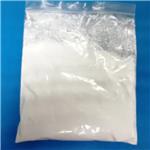
US $999.00-666.00/ton2025-04-21
- CAS:
- 59-23-4
- Min. Order:
- 1ton
- Purity:
- 99%
- Supply Ability:
- 5000
